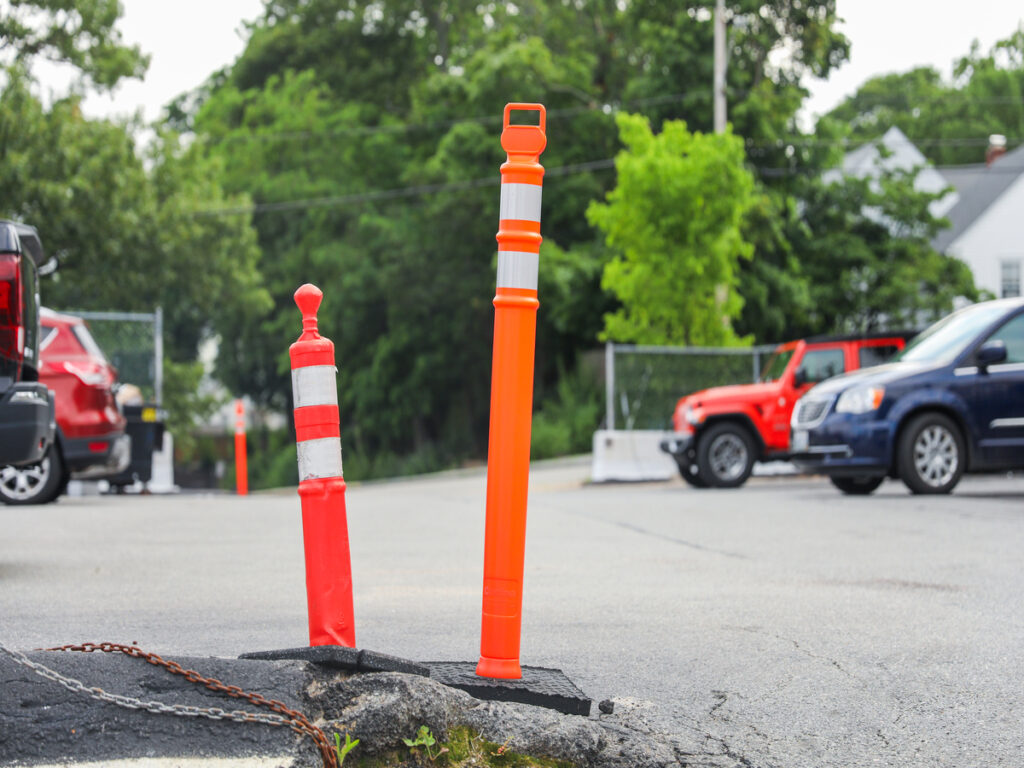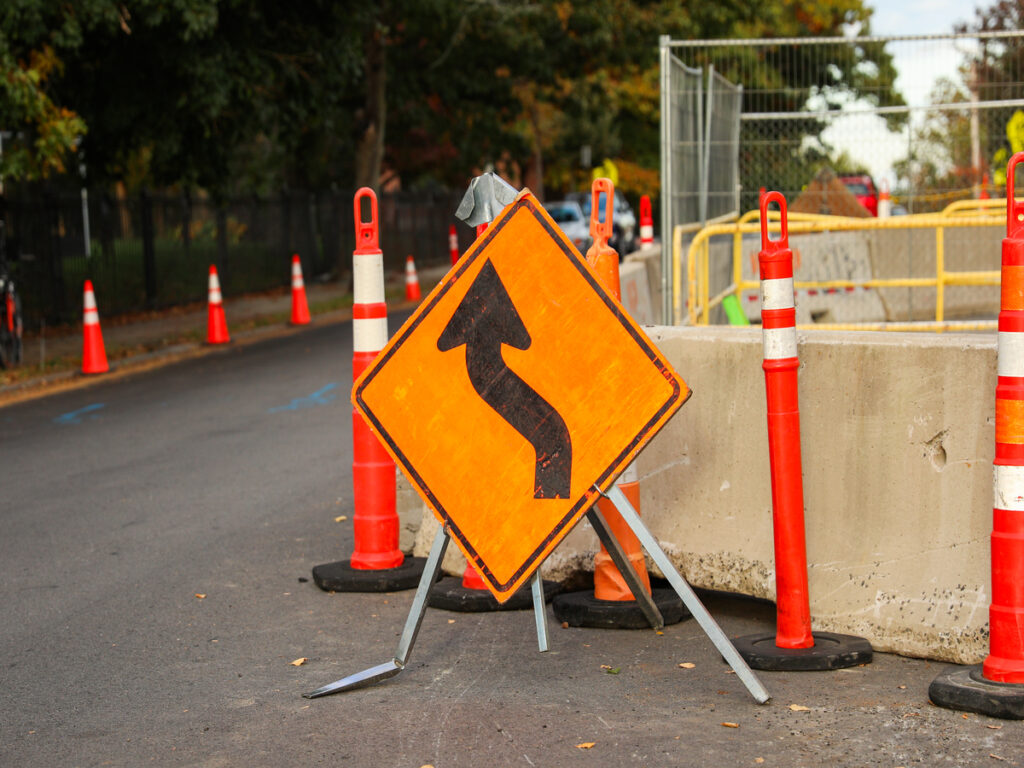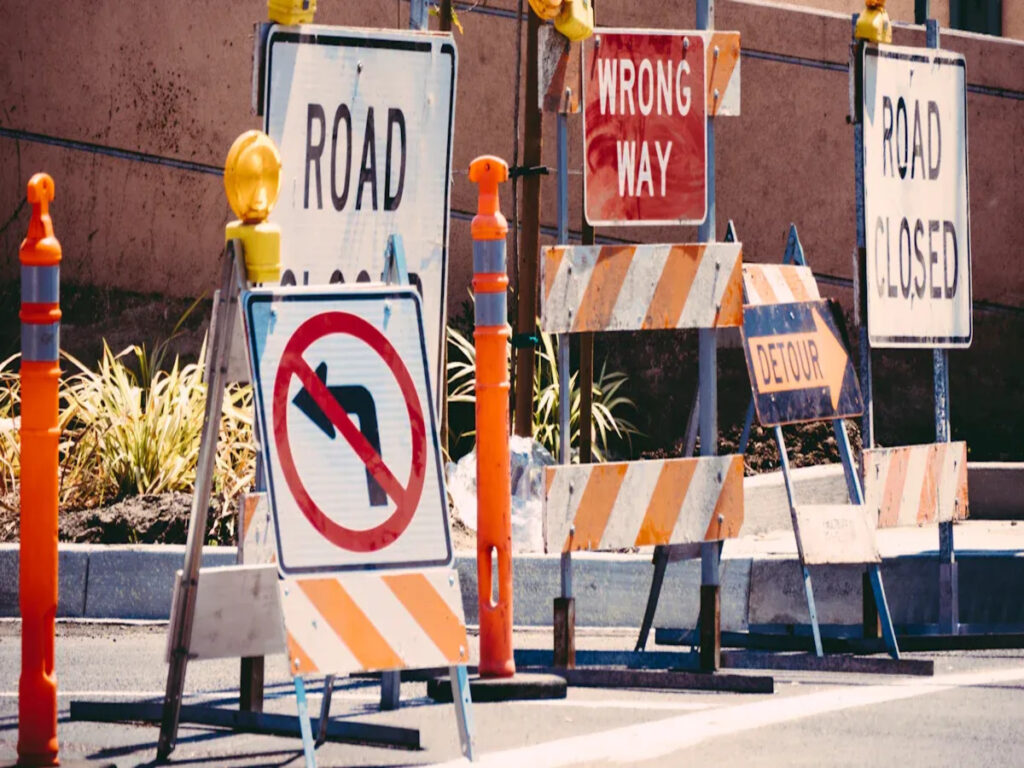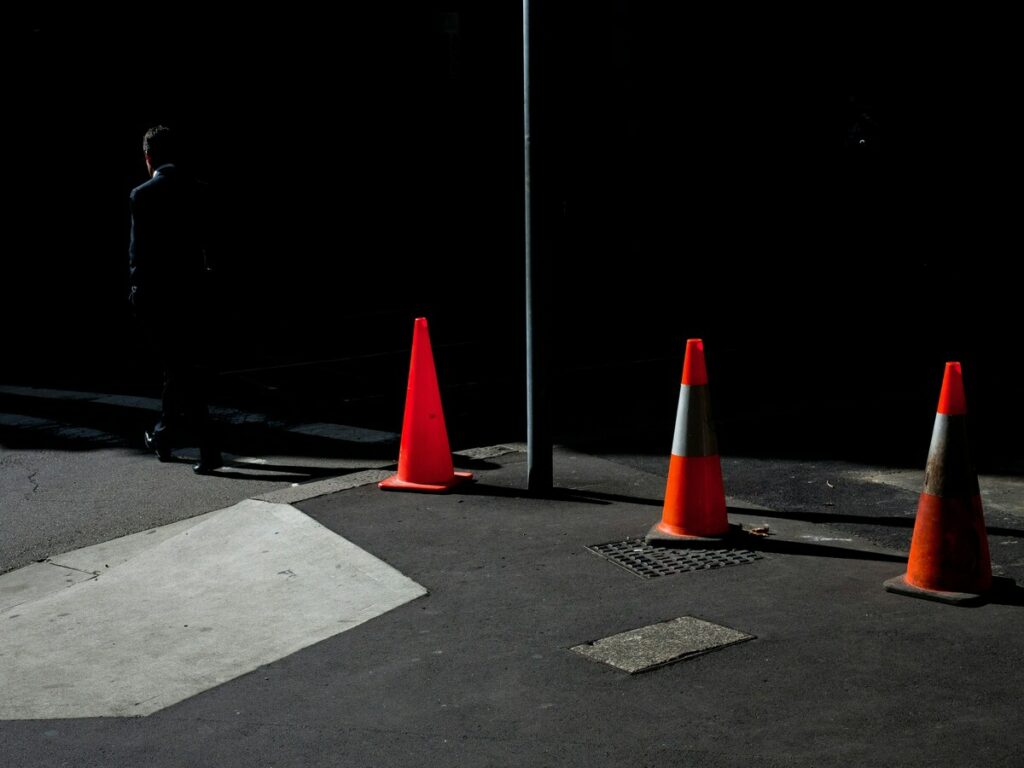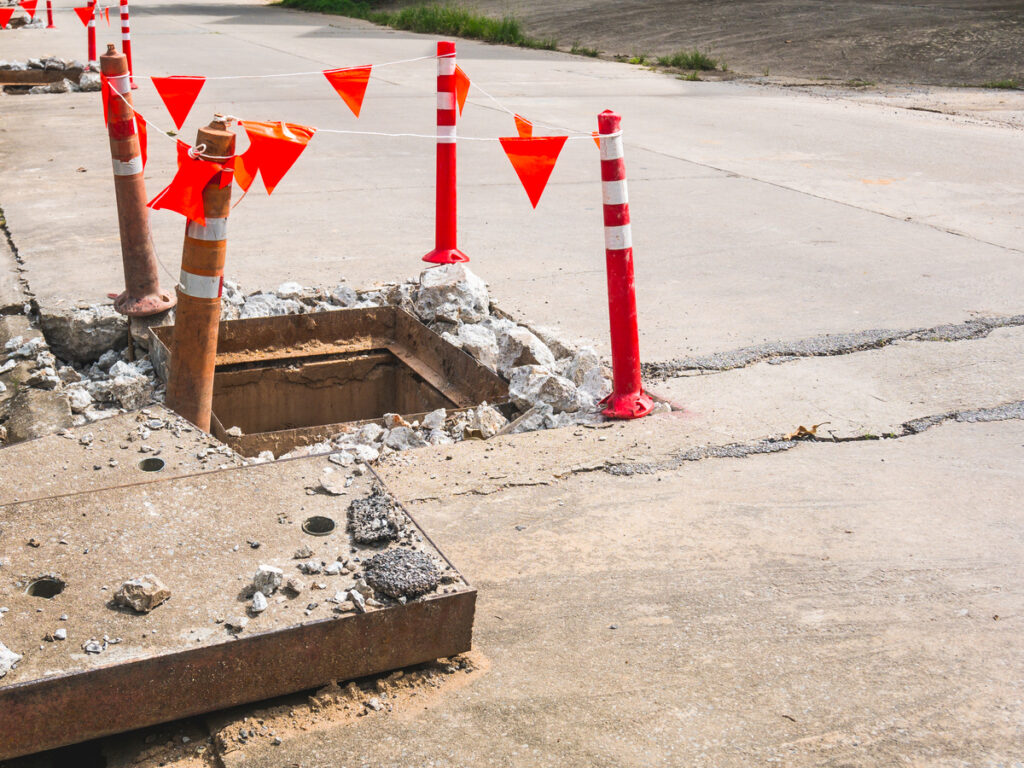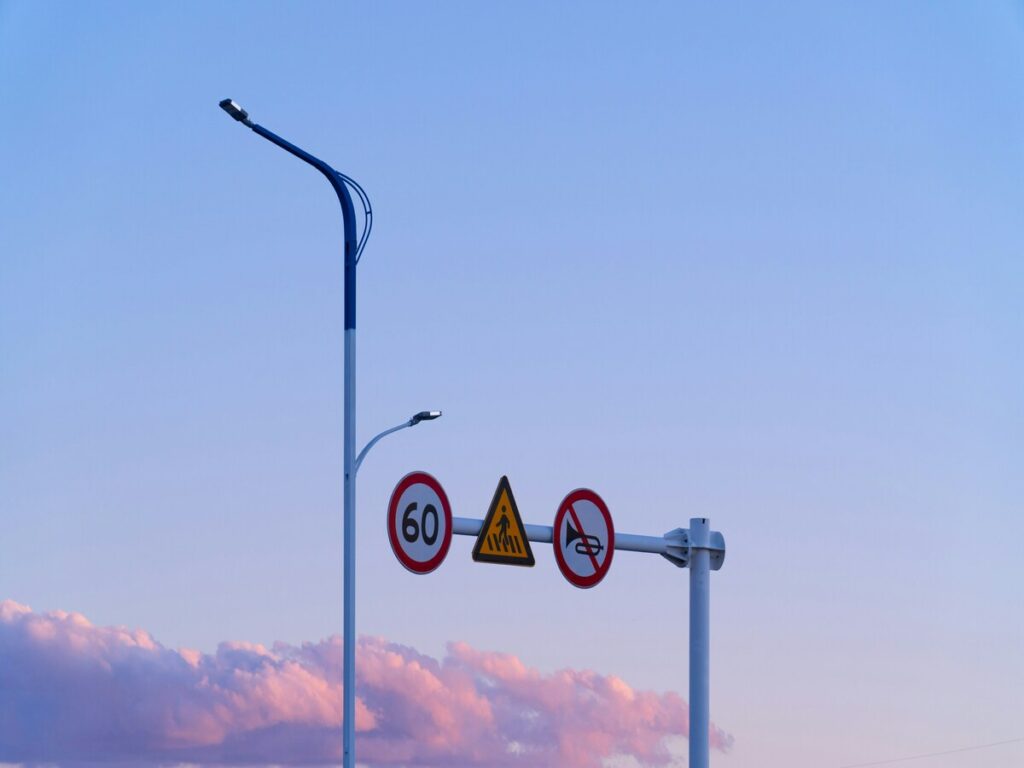
Fluorescent reflective sheeting changes reflective road signs. It makes them much easier to see. This is very helpful in dark or dangerous places. The numbers show how it helps with safety and seeing signs:
| Crash Type | Estimated Crash Reduction (%) |
|---|---|
| Injury and fatal crashes on curves | 18 |
| Crashes during dark conditions on curves | 27.5 |
| Lane departure crashes on curves in the dark | 25.4 |
Drivers see traffic safety signs sooner. They react faster. They avoid more accidents. Communities get better visibility. This keeps everyone safer and makes roads better for all.
To learn more about selecting the best reflective materials for your traffic signs and ensuring maximum visibility and safety, check out our blog How to Select the Best Reflective Materials for Traffic Signs. This guide provides insights into choosing the right materials for optimal road safety.
Key Takeaways
- Fluorescent reflective sheeting helps people see road signs better. It works well in daylight, low light, and bad weather. Drivers can spot signs sooner and react faster.
- Using fluorescent reflective panels can lower crashes by up to 40%. This is very helpful at night and on sharp curves. It makes roads safer for everyone.
- These panels last longer than regular ones. They do not get damaged easily by water, wind, or scratches. This saves money on fixing and replacing signs.
- Fluorescent reflective signs help keep people safe. They make it easier to see pedestrians and cyclists. This is important in school zones, work areas, and crosswalks.
- Checking and upgrading road signs with fluorescent reflective sheeting is important. It helps meet safety rules and keeps roads safer for all drivers.
What Is Fluorescent Reflective Sheeting?
Properties and Technology
Fluorescent reflective sheeting uses new technology to make roads safer. Makers put glass beads with a high refractive index into PET film. They add layers of aluminum and glue. This makes panels that shine in many kinds of light. The special design helps the sheeting reflect sunlight and headlights. This makes signs easy to see during the day and at night.
Note: Fluorescent diamond grade reflective sheeting helps people see better in low light or bad weather. This is important because most pedestrian accidents happen when it is dark.
Fluorescent reflective panels have many good points:
- They help drivers see signs in bright sunlight.
- They make signs easier to see at night, so accidents are less likely.
- They work in fog, rain, and snow, so signs stay clear.
- They help first responders be seen in emergencies.
- They do not get damaged by water or wind, so they last a long time.
Comparison to Standard Reflective Materials
Fluorescent reflective sheeting and standard retroreflective materials both help signs stand out. But they are different in how well they work and how comfortable they are. The table below shows how they are not the same:
| Aspect | Fluorescent Sheeting (S1-S4) | Retroreflective Materials (R1-R4) |
|---|---|---|
| Material Composition | PET, cotton, or PU blends; some keep moisture away | Glass bead and prism types; have different surface looks |
| Visibility in Lighting | Works best in daylight and low light | Prism type works best in dark and rainy weather |
| Durability | Good at resisting scratches, water, and wind | Still works after being scratched, bent, or washed |
| Colorfastness | Stays bright (levels 4-5) | Stays bright |
| ISO Compliance | Some meet ISO 20471; some need to get better | All samples meet the rules |
Prism-type retroreflective sign sheeting gives strong and steady visibility everywhere. Fluorescent reflective panels are great for both day and night. Road agencies use these panels where seeing signs is very important. Using both types on signs and panels keeps drivers and walkers safe.
Visibility and Reflective Road Signs
Daytime and Low-Light Performance
Fluorescent reflective panels help traffic signs stand out in any light. Sunlight can make regular signs hard to see. But fluorescent panels keep their colors bright and easy to notice. This helps drivers spot signs even when the sun is strong. At dawn and dusk, light gets dim and shadows grow. Reflective panels still shine during these times. Their special materials reflect both sunlight and streetlights. This makes sure drivers always see the signs.
How well drivers see signs depends on how much light bounces back to them. The luminance factor and luminance coefficient measure this. Signs are easiest to see at midday when the sun is bright. But driving is most dangerous at twilight or in bad weather. In fog, rain, or snow, reflective panels help a lot. They reflect headlights and streetlights. This keeps signs clear when drivers need them most.
Note: Wider markings and higher luminance contrast make signs easier to see. White signs are easier to spot than yellow ones. Both colors are better with reflective panels. Brighter signs help drivers react faster and avoid crashes.
Real-world data proves these points. In Mendocino County, California, better sign sheeting cut property damage crashes by 42%. Injuries dropped by 42% and deaths fell by 61% in three years. The money spent on new signs saved lives and money for the community.
The table below shows how fluorescent reflective panels lower crash rates in different cases:
| Crash Type | Condition/Factor | Percent Reduction in Crashes (Statistical Significance) |
|---|---|---|
| Injury and fatal crashes | Overall | 18% reduction |
| Crashes during dark conditions | Overall | 27.5% reduction |
| Lane departure crashes during dark | Overall | 25% reduction |
| Lane departure crashes | High roadside hazard rating (RHR 5-6) | 20.9% reduction (statistically significant at 95% CI) |
| Crashes during dark conditions | High roadside hazard rating (RHR 5-6) | 53.6% reduction (statistically significant at 95% CI) |
| Lane departure crashes during dark | High roadside hazard rating (RHR 5-6) | 47.2% reduction (statistically significant at 95% CI) |
| Lane departure crashes | >7 signs added or replaced per curve | 32.2% reduction (statistically significant at 95% CI) |
| Crashes during dark conditions | >7 signs added or replaced per curve | 46.3% reduction (statistically significant at 95% CI) |
| Lane departure crashes during dark | >7 signs added or replaced per curve | 49.4% reduction (statistically significant at 95% CI) |
Impact on Driver Response
Reflective panels do more than make signs brighter. They help drivers react faster and make safer choices. When drivers see signs sooner, they have more time to slow down or stop. This extra time can stop accidents, especially at night or in bad weather.
Research shows that brighter signs help drivers see them from farther away. Green signs are seen from the farthest distance. All colors are easier to see when they are brighter. The best signs give drivers almost one more second to react at 45 mph. This means about 60 extra feet to make a safe move. That extra space can stop a crash.
Reflective panels use retroreflective materials to send light back to drivers. This helps drivers see signs better at night. LED signs shine their own light, so they work even in total darkness or heavy rain. These upgrades help drivers avoid confusion and lower nighttime crashes.
Nighttime safety depends on clear, bright signs. Reflective panels keep signs easy to see, even as they get older. Federal and state rules say signs must stay bright enough to be safe. Checking and upgrading signs helps keep roads safe for everyone.
Reflective panels also help drivers notice signs sooner and know what to do. This lowers the chance of nighttime crashes. Older drivers, who may have trouble seeing at night, get the most help from brighter signs and better visibility.
Road Safety Benefits
Crash Reduction Data
Fluorescent reflective sheeting makes roads safer. Many studies prove that brighter, more visible panels lower accidents. When workers put up high-intensity or Diamond Grade sheeting, crash numbers go down. The table below shows how much these changes help over time:
| Study Context | Crash Reduction Range | Duration |
|---|---|---|
| Installation of more-visible signs with high-intensity or Diamond Grade™ reflective sheeting | 25% to 46% reduction in crashes | 3 to 6 years |
This means towns have fewer crashes and injuries when they use better reflective signs. The safety gains do not end there. Other upgrades, like adding warning signs or retroreflective backplates, also cut down on crashes. The next table shows how these upgrades help:
| Treatment / Study Focus | Crash Reduction (%) | Crash Type / Notes |
|---|---|---|
| Installation of advance warning signs at signalized intersections | 35% | Right-angle crashes |
| Retroreflective backplates (Study 1) | 20% total, 44% angle, 10% rear-end | Total, angle, rear-end crashes |
| Retroreflective backplates (Study 2) | 29% total, 37% injury, 50% late-night/early-morning | Total, injury, late-night crashes |
| Retroreflective backplates + upgraded signal lenses | 9% total, 10% severe, 14% nighttime | Combined treatments |
These numbers show that reflective panels really help. Drivers see signs sooner, react faster, and avoid more accidents. The safety boost lasts for years, so roads stay safer for everyone.
Fluorescent reflective sheeting also saves money over time. Studies show that using strong sheeting, like 3M™ Diamond Grade™ DG³, means signs last longer. This cuts down on how often signs need to be replaced. It also saves on work and materials. Some signs with this sheeting do not need extra lights, so towns save on power and repairs. Even after many years, these signs stay bright and easy to see. Towns get good value and safer roads from this choice.
Tip: Upgrading to fluorescent reflective panels is smart for safety and saving money. The benefits last a long time and help keep everyone safe.
Support for Vulnerable Users
Fluorescent reflective sheeting helps more than just drivers. It also keeps people walking or biking safer. These people are at higher risk, especially at night or in bad weather. Reflective panels on signs and crosswalks help drivers spot people more easily.
The table below shows how different aids help drivers see and recognize people walking:
| Visibility Aid Type | Key Findings on Visibility and Recognition |
|---|---|
| Fluorescent materials (yellow, red, orange) | Improved daytime detection and recognition; yellow most effective non-fluorescent color. |
| Retroreflective materials (red, yellow) | Enhanced night-time detection and recognition. |
| Biomotion retroreflectors (fluorescent + retroreflective) | Significantly greater recognition distances and frequencies compared to no retroreflectors or standard retroreflectors. Examples include: Standing pedestrians: recognition distance up to 44m vs 15-18m without biomotion. Walking pedestrians: recognition distance up to 117m vs 17-84m without biomotion. Recognition frequency up to 90% vs 47% for torso retroreflective slash. Longer recognition times (e.g., 4.3s vs 3.7s). Biomotion clothing yielded highest recognition frequency and response distance even under glare conditions. |
Fluorescent reflective panels help drivers see crosswalks, school zones, and work areas better. In these places, kids, workers, and people walking need extra safety. Brighter signs and markings warn drivers to slow down and watch for people. At night, retroreflective materials help drivers see movement and react in time.
Many cities use fluorescent reflective sheeting in school zones and near parks. Work zones also use these panels. Workers wear vests with fluorescent and retroreflective stripes, and signs use the same technology. This keeps everyone safer, even when it is dark or rainy.
Reflective road signs and panels are important for road safety. They help stop crashes and protect people who are most at risk. Putting money into these upgrades gives lasting safety to every community.
Reflective Traffic Signs: Standards and Maintenance
Regulatory Compliance
Federal and state groups make strict rules for reflective traffic signs. The Manual on Uniform Traffic Control Devices (MUTCD) gives the main rules. The Federal Highway Administration (FHWA) manages the MUTCD. All regulatory, warning, and guide signs must be retroreflective or lit up. This helps drivers see signs during the day and at night. The MUTCD sets the lowest retroreflectivity for each sign color and type. Fluorescent yellow and fluorescent yellow-green signs must meet the same level as yellow signs. Fluorescent orange signs must meet the orange sign standard.
States can add more rules if they want. Some states have their own MUTCD books with extra rules for fluorescent sheeting. The MUTCD and ASTM D4956 standards help sort sheeting types. These types are Beaded Sheeting (Types I, II, III) and Prismatic Sheeting (Types III, IV, VI, VII, VIII, IX, XI). Agencies must keep signs above the lowest retroreflectivity. If a sign gets too dim, it must be changed.
Tip: Agencies should check signs often to make sure they follow the newest rules. This keeps roads safe for everyone.
Durability and Upkeep
Reflective traffic signs need care to stay bright and easy to see. Agencies check how bright the signs are at first and how long they stay bright. High performance sheeting, like 3M Diamond Grade, meets ASTM Types IX and XI. These types last longer and stay bright for many years. Engineer Grade sheeting (Type I) is used for less important signs but fades faster.
Best ways to care for signs include:
- Checking signs at night to see if they are bright.
- Cleaning signs to get rid of dirt.
- Changing signs that do not meet the brightness rules.
- Using better sheeting for busy roads or bad weather.
A table helps agencies pick the right sheeting:
| Sheeting Type | ASTM Type | Use Case | Durability |
|---|---|---|---|
| Engineer Grade | I | Non-critical traffic signs | Shorter lifespan |
| High Intensity | III, IV | Work zones, standard road signs | Medium lifespan |
| Diamond Grade | IX, XI | Critical reflective traffic signs | Longest lifespan |
Taking care of signs helps them stay safe and easy to see. Using strong materials and a good care plan saves money over time.
Fluorescent reflective sheeting helps everyone see road signs better. It makes roads safer for drivers, walkers, and bikers. Studies show that using high-visibility signs can cut crashes by 40% at crosswalks. On rural highways, crashes can drop by 35%. Reflective traffic signs last a long time. They help drivers see signs clearly in the day and at night. Agencies should focus on upgrading road signs to keep people safe. They should use solutions that are proven to work and protect everyone in the community.
FAQ
What makes fluorescent reflective sheeting different from regular reflective materials?
Fluorescent reflective sheeting has special pigments. These pigments take in and bounce back more light. Signs with this sheeting look much brighter day or night. Drivers can spot these signs faster, even in fog or rain.
How long does fluorescent reflective sheeting last on road signs?
Most good fluorescent reflective sheeting lasts about 10 to 12 years. Cleaning and caring for the signs helps them stay bright. Agencies pick this material because it works well for a long time.
Where do agencies use fluorescent reflective road signs most often?
Agencies put these signs in school zones, work areas, and sharp turns. These spots need signs that are easy to see. The bright colors and strong shine help keep drivers and people walking safe.
Do fluorescent reflective signs help older drivers?
Yes. Older drivers sometimes have trouble seeing at night. Fluorescent reflective signs are brighter and easier to notice. This helps all drivers, but especially older ones, see and react to signs sooner.
Are fluorescent reflective signs cost-effective for communities?
Many studies show fluorescent reflective signs lower crashes and save lives. These signs last longer and do not need to be replaced as often. Communities spend less on fixing signs and make roads safer for everyone.


